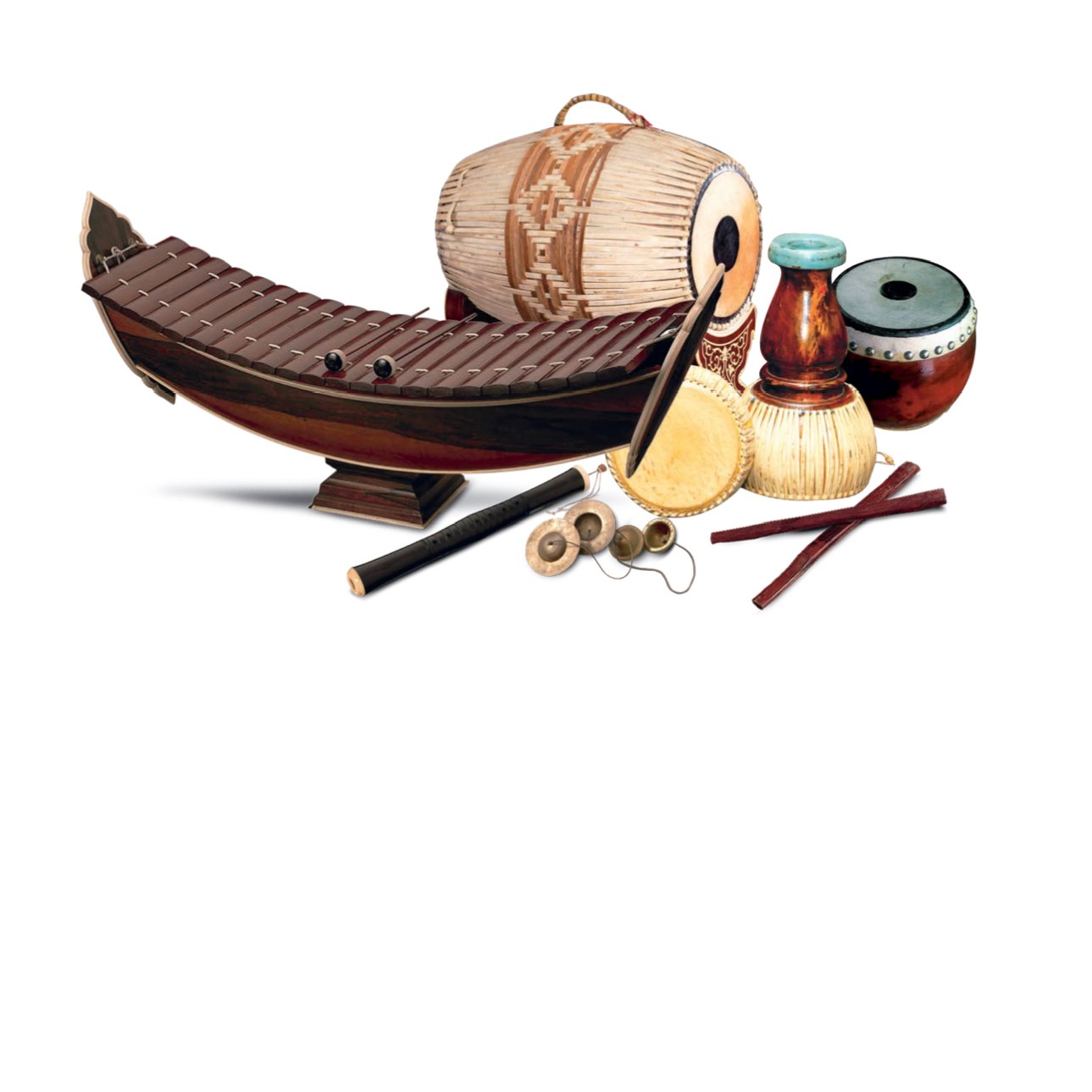

86
|
Culture Ways of Life and Wisdom
Lakhon Chatri performance starts with an homage rite to the teachers and past masters, followed by Pi Phat
Hom Rong Chatri (Chatri’s overture), Rong Prakat Na Bot (announcement singing). The principal character will come
out to perform the dance of Ram Sat Na Bot in an anti-clockwise circle. In the past, the performer must chant an
incantation to invoke protection from the evil force. This part is called
“Chak Yan”
(Spinning the fabric talisman or
Casting a spell). Next, the principal character sits on the bench, as a start of the performance, singing and being
chorused by other characters. When the performance finishes, the principal character performs the Ram Sat again,
but with backwards chanting and moves in a clockwise circle. This part is called
“Khlai Yan”
(Undoing the spell),
to remove all spells.
Lakhon Chatri has changed through time. The singing to carry on the story which was earlier performed
in the Nora tunes, such as Na Trae and Rai Chatri tunes was changed to simple tunes of the central region
in level 2 tempo, with the addition of Ranat Ek to enhance the dance. The part of Ram Sat is replaced by
dances of Phleng Cha, Phleng Reo, and Phleng La (slow tune, fast tune, and farewell tune) these are called
“Ram Thawai Mue”
(veneration dance). The set and equipment of Lakhon Chatri are more decorated and
colorful from its fundamental costume influenced by the high-level dress of the Royal Court. Despite many
changes in style, Lakhon Chatri is still performed as Ram Kae-Bon an act of votive offering–under the same
belief in the past.
• The music instruments of Lakhon Chatri originally comprise Ranat Ek (traditional Thai idiophone),
Pi (Thai oboe), Ta Phon (two-faced drum), (Klong Tuk (small drum), Thon Chatri (tuned two-faced drum),
Ching (small cymbals), small Chap (cymbals) and Krap Maiphai (bamboo rhythm clappers)


















